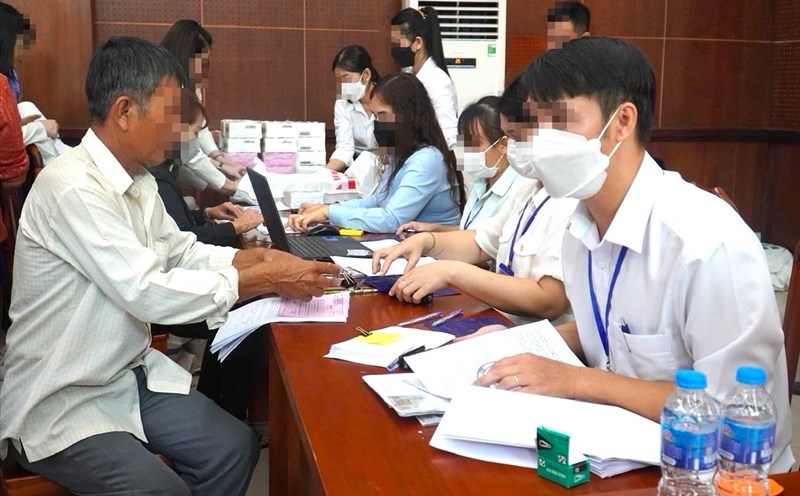Domestic coffee prices increase by 1,600 - 1,700 VND/kg
According to the record on the morning of March 26, 2025, the price of green coffee beans in the Central Highlands provinces increased sharply, currently fluctuating between 134,400 - 135,400 VND/kg. Specifically:
Dak Lak: 135,400 VND/kg (+1,700).
Dak Nong: 135,400 VND/kg (+1,600).
Gia Lai: 135,300 VND/kg (+1,600).
Lam Dong: 134,400 VND/kg (+1,600).
This is a quite impressive increase compared to the previous session, continuing to raise the domestic price level to a new record.
London Robusta coffee prices increase
On ICE Futures Europe ( London), Robusta for all major terms increased compared to yesterday:
May 2025 term (05/25): 5,591 USD/ton, up 90 USD (+1.64%).
July 2025 term (07/25): 5,579 USD/ton, up 87 USD (+1.588%).
September 2025 term (09/25): 5,533 USD/ton, up 89 USD (+1.63%).
November 2025 term (11/25): 5,447 USD/ton, up 91 USD (+1.70%).
The trading volume was concentrated in the two terms 05/25 and 07/25, with 8,351 and 5,499 matched lots respectively. The steady increase reflects market sentiment of remaining optimistic about demand, while supply from some producing countries shows signs of scarcity compared to forecasts.
New York Arabica coffee prices extend their upward trend
At ICE Futures U.S. (New York), Coffee C® Futures also continued its upward trend:
May 2025 term (05/25): 398.55 cents/lb, up 5.15 cents (+1.31%).
July 2025 term (07/25): 392.65 cents/lb, up 5.25 cents (+1.36%).
September 2025 term (09/25): 386.45 cents/lb, up 5.70 cents (+1.50%).
December 2025 term (12/25): 377.40 cents/lb, up 6.15 cents (+1.66%).
Arabica prices are currently around 3.90 - 4.00 USD/lb (exchanged), continuing to maintain a peak compared to the period of 2023 - 2024. Concerns about Brazilian output, due to erratic weather impacts, are pushing Arabica prices up in the context of global demand not decreasing at all.
Reasons for the simultaneous increase in coffee prices
The coffee market is supported by many factors. First of all, supply shows signs of tightening as standard inventories on exchanges remain low. Demand remains stable, especially from traditional markets such as Europe and North America. In addition, unfavorable weather in Brazil has raised concerns about a decline in Arabica output.
In the country, purchasing activities of export enterprises and roasters are still increasing, helping domestic coffee prices continue to set new peaks.
Coffee price forecast
In the short term, domestic prices may have room to increase if coffee growing provinces have not increased their sales. However, profit-taking pressure may also appear when prices have risen very high.
In the medium term, the weather situation in Brazil and Indonesia will significantly decide the direction of the two exchanges Robusta and Arabica. If supply does not improve, the price level may remain high.
Long-term forecasts, any adverse fluctuations related to climate change or geopolitical risks can push coffee prices into a new increase.











